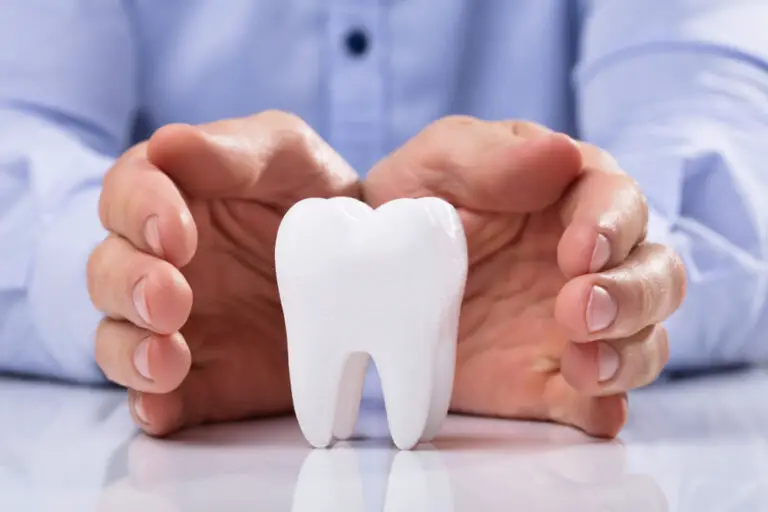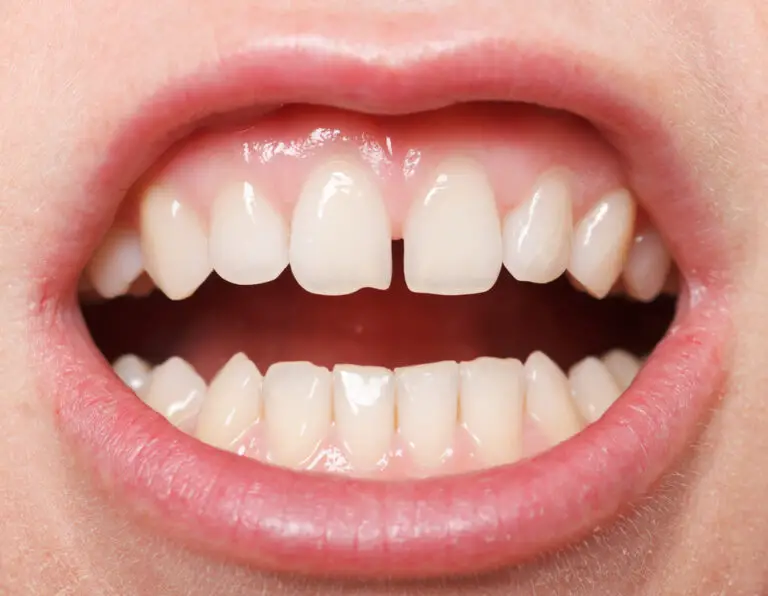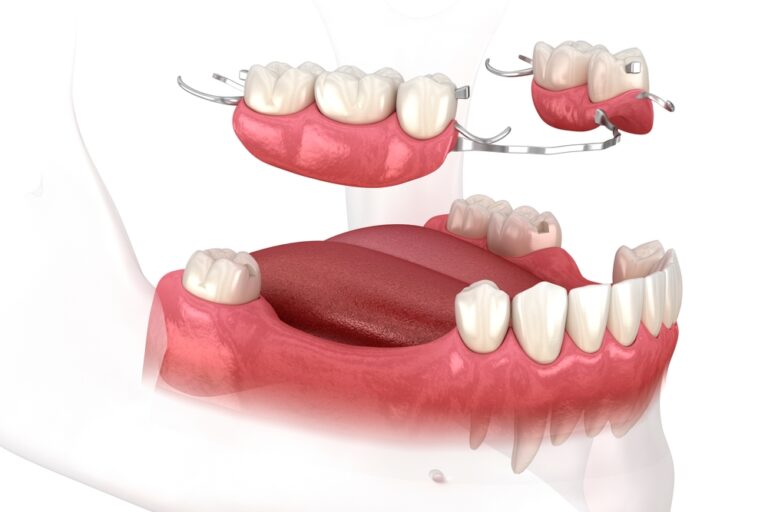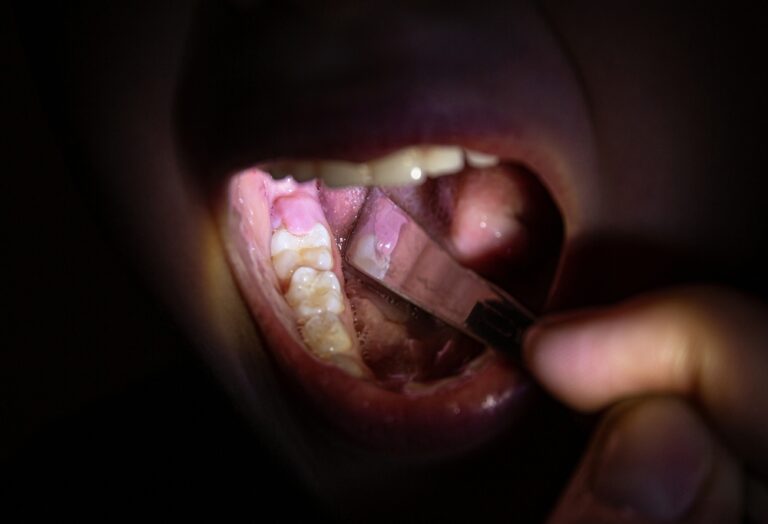Toothaches can range from a minor annoyance to severe, throbbing pain that disrupts your daily activities. Understanding the wide range of causes and using the right treatments is key to relieving your tooth pain and preventing future problems. This in-depth guide examines the various sources of toothaches and provides home remedies, over-the-counter solutions, and professional dental treatments to finally stop the ache in your mouth.
Main Causes of Tooth Pain

Teeth have a complex structure, with an enamel crown covering the dentin layer that surrounds the inner soft pulp containing nerves and blood vessels. Damage or inflammation affecting any of these tooth layers can trigger pain. Common causes include:
Dental Caries
Dental caries, or cavities, occur when plaque bacteria on your teeth metabolize sugars and fermentable carbohydrates in your diet into acids. These acids dissolve and demineralize the enamel and dentin, forming holes or lesions in the tooth surface. As a cavity extends deeper, it can reach the inner pulp chamber and expose nerves, causing tooth sensitivity and pain.
The location and intensity of pain depends on the position of the cavity. Those confined to enamel may produce no symptoms. But deeper decay into dentin results in sharp pains when eating or drinking hot, cold, or sweet foods. Unresolved caries penetrating the pulp cause severe, spontaneous pain and abscess.
Tooth Fractures
Cracks or fractures in the tooth structure can cause pain by allowing penetration of bacteria and fluids to the underlying pulp. There are several types of fractures:
- Craze lines only affect the enamel and cause no pain.
- Cracked tooth syndrome happens when fractures extend into the dentin and pulp, causing sharp pain when chewing.
- Split tooth is a crack extending vertically through the root, often requiring extraction.
- Chipped tooth occurs when a fragment of enamel breaks off, which may or may not be painful.
The pain depends on the depth and pattern of the fracture, and may worsen over time without treatment as the crack expands.
Dental Abscess
A dental abscess is a localized collection of pus caused by a bacterial infection around the tooth and gums. Abscesses most often occur at the root tip, called a periapical abscess. The bacteria gain access through various means:
- Advanced dental caries penetrating the pulp chamber
- Cracks or trauma exposing the pulp
- Spread of periodontal (gum) disease into the root
Abscess bacteria multiply in the root canals and pulp, releasing toxins that cause intense inflammation and swelling. Pressure builds inside the rigid confines of the tooth and bone, leading to severe throbbing pain as the abscess enlarges. Other symptoms include gum swelling, tooth sensitivity, bad breath, and pain when chewing.
Pericoronitis
This is inflammation and infection of the gum tissue surrounding a partially impacted wisdom tooth. Partially erupted or improperly aligned wisdom teeth allow openings where plaque and debris accumulate below the gumline, causing infection and swelling called pericoronitis. Severe throbbing pain and inflammation often occur as the area becomes an abscess.
Periodontal (Gum) Disease
Gum disease occurs when chronic bacterial plaque buildup around the base of teeth causes progressive inflammation and erosion of the gums, periodontal ligament, and bone. As the gums recede due to periodontitis, the root surfaces get exposed and become vulnerable to decay and sensitivity. Advanced gum disease can also cause painful abscesses around the tooth roots.
Sinusitis
Your upper posterior (back) teeth have roots that extend up into the maxillary sinuses above your jaws. Infection and inflammation of the sinuses from sinusitis can cause pain in those upper teeth that resembles toothache pain. There may also be tenderness of the face and jaws.
Nerve Damage or Neuralgia
Injuries, accidents, or dental procedures can sometimes traumatize nerves in the jaws, gums, or inside teeth. This nerve damage can produce painful neurologic symptoms like shooting pains, tingling, or burning sensations that feel like tooth pain but originate from the damaged nerves. Trigeminal neuralgia affecting the trigeminal facial nerves is one example.
Home Remedies to Soothe Tooth Pain

For mild toothaches or while waiting for a dental visit, you can try easing your discomfort with simple home remedies:
- Saltwater rinse: Dissolve 1/2 teaspoon salt in a cup of warm water and rinse your mouth for 30 seconds to reduce inflammation and clean out food particles wedged in teeth.
- Cold compress: Hold an ice pack or cold wet cloth against your cheek outside the painful area for 10-15 minutes at a time to diminish swelling and inflammation.
- Clove oil: Apply this natural analgesic directly to the sore spot for immediate pain relief. Its active ingredient eugenol numbs nerves.
- Garlic: Antibacterial garlic can relieve tooth pain when eaten raw or crushed into a paste and rubbed on the painful tooth and gum.
- Onion: Applying raw onion directly to the tooth dulls nerve pain thanks to the anti-inflammatory properties of quercetin.
- Pepper and asafetida: Make a paste with powdered black pepper and asafetida resin to apply to the affected area thanks to their pain-relieving and anti-inflammatory effects.
- Guava leaf: Chew guava’s toothache plant leaf or use a mouth rinse made by boiling leaves to relieve pain. Guava has antimicrobial and anti-inflammatory properties.
- Wheatgrass juice: The antibacterial enzymes in wheatgrass can neutralize oral bacteria causing your toothache when used as a rinse.
- Tea tree oil: A natural antiseptic oil that can be applied topically to gums to reduce pain-causing oral bacteria. Use only a drop or two and don’t swallow.
- Lemon juice: Has a pain-relieving effect when applied directly to the sore tooth due to its acidic nature.
These remedies may temporarily relieve pain, but do not treat the underlying cause. See your dentist to definitively resolve the toothache.
Over-the-Counter Pain Medications
Taking oral over-the-counter (OTC) pain relievers and analgesics can offer stronger pain-reducing effects for moderate to severe toothaches:
- Acetaminophen (Tylenol): Blocks pain signals in the brain but doesn’t reduce inflammation. Take up to 1,000 mg every 6 hours, not exceeding 4,000 mg per day.
- Ibuprofen (Motrin, Advil): Reduces inflammation and pain by inhibiting prostaglandin synthesis. Adults take 400-800 mg every 4-6 hours, up to 3,200 mg daily maximum.
- Aspirin: Inhibits production of pain and inflammation signals called prostaglandins. Limit intake to less than 4,000 mg daily to avoid stomach irritation or bleeding issues.
- Naproxen sodium (Aleve): As a nonsteroidal anti-inflammatory drug (NSAID), naproxen blocks inflammation and related pain. Take 220-440 mg twice daily.
- Acetaminophen and ibuprofen: Some find a combination of these two OTC medications works better than either alone. But don’t exceed daily limits of either drug.
- Benzocaine (Orajel): When applied topically to the sore tooth, this anesthetic gel provides fast temporary pain relief by numbing nerves. Don’t swallow benzocaine gels.
- Eugenol (clove oil): Another topical natural analgesic that can be directly applied to dull toothache pain when it contains a high concentration of the active pain-relieving eugenol compound.
These OTC pain relievers are useful for temporary relief until you can see a dentist, but don’t cure the underlying problem. Seek dental treatment rather than relying only on OTC meds long-term.
Professional Dental Treatments

While home remedies and OTC meds may temporarily relieve toothache symptoms, visiting a dentist for proper diagnosis and treatment is vital for resolving the underlying problem and preventing complications like infections or tooth loss. Typical dental treatments include:
- Dental filling: Fillings repair cavities by cleaning out decayed material and replacing it with porcelain, composite, silver amalgam or another filling substance to restore the tooth. This prevents further decay and damage.
- Root canal: For deep caries or injury affecting the pulp, the infected or inflamed pulp chamber and canals are cleaned out and sealed. This salves the tooth rather than extracting it.
- Crown: After a root canal or major filling, a crown strengthens and protects what’s left of the damaged tooth. This helps prevent fractures that could cause pain.
- Tooth extraction: If a tooth is severely decayed, fractured, or beyond repair, complete removal may be required. This fully resolves pain from severely damaged teeth.
- Antibiotics: For abscesses, the dentist may prescribe antibiotics to resolve the bacterial infection before starting restorative treatment.
- Night guard: If nighttime teeth grinding is wearing down enamel and causing pain, a custom night guard prevents further damage.
- Topical fluoride: Professionally-applied high concentration fluoride helps remineralize enamel and reduce sensitivity that can lead to tooth decay and pain.
Regular cleanings, proper oral hygiene, healthy diet, and avoiding chewing hard items helps prevent toothaches. But see a dentist promptly for severe or persistent tooth pain to determine the cause and best treatment solutions. Proper dental treatment can resolve toothaches and prevent future recurrence.
Answering Common Toothache Questions
1. When should I see a dentist for a toothache?
Consult a dentist promptly if tooth pain lasts more than 1-2 days, keeps recurring, or interferes with eating and sleep. Many underlying causes like caries, fractures, and abscesses require treatment only a dentist can provide. Don’t delay getting dental care.
2. What if I can’t see a dentist immediately?
Use saltwater rinses, OTC pain relievers, clove oil, and other remedies to temporarily reduce pain and infection until your dental visit. But don’t wait longer than a couple days, as the problem could worsen and spread. Seek emergency dental care if the pain is extreme or accompanied by fever and facial swelling.
3. Do I need emergency dental care for my toothache?
Yes, seek emergency treatment if you have severe throbbing pain, visible bumps or swelling in the gums, or the pain radiates into your jaw, head, or neck. Toothaches accompanied by fever can signal a spreading infection that needs urgent care to prevent serious complications. Call an emergency dentist if your symptom seems dire.
4. Could my tooth pain be from another source?
Sometimes pain originating from a sinus infection, neuralgia, or TMJ and jaw issues can radiate and feel like a toothache. Discuss all your symptoms with your dentist so they can properly diagnose the underlying problem, whether dental, medical, or neurological. The source of referred pain is not always obvious.
5. How long should a typical toothache last?
With proper treatment from a dentist, moderate toothache pain usually improves within a few days, while severe pain should begin subsiding within 24 hours. If the pain persists more than 2-3 days despite treatment, follow up for reevaluation, as that likely signals an undiagnosed problem requiring intervention. Don’t delay seeking care.







